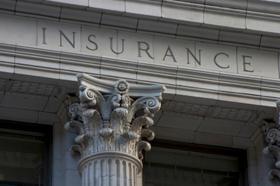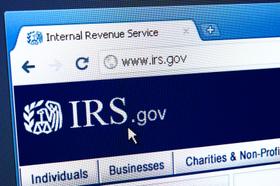The article in the New York Times sounds ominous. Certainly, as it points out, private school endowment funds have seen declines in their value as a result of economic and financial meltdowns. But there are other factors which the article does not address which make the impact on financial aid less of an issue than the writer would have you believe.
Let's look at the facts.
Conservative Investment Policies
The investment approach for private school endowments has historically been a conservative, cautious approach. Trustees and their advisors have generally been good stewards of their finances. They avoided risky investments such as derivatives and real estate despite calls from some quarters to maximize returns. The reason for the decline in their portfolio value is simple: just about every investment-grade instrument declined.
Sustainability
Back in the 90s, sustainability became an important principle in private school mission statements and philosophies. The National Association of Independent Schools has taken a leadership role in supporting all kinds of sustainability initiatives including financial sustainability with its 1,500 member schools.
From the Nais: "In order for independent schools to thrive in the 21st century, NAIS believes that they must be sustainable along five dimensions: financial, demographic, programmatic, environmental, and global."
As a result, schools with significant endowments (greater than $10 million) generally were well-positioned to weather the economic storm which 2009 brought on with a vengeance.
Financial Aid is a Priority
Financial aid goes to the heart of most private schools' commitments to diversity. It is not an option. It is a value-add to which these schools have made solid commitments. They recognized decades ago that they needed to proactively seek out well-qualified students from strata of society. That meant offering generous financial aid in order to attract those well-qualified students. How to balance financial aid needs with the revenue projections is part of most private school strategies to stay financially solvent and viable in the 21st century. Put another way, financial aid is seen as an important statement to the community that the school is serious about attracting a diverse clientele. Given the demographic changes taking place private schools must address this issue or face extinction as the historical applicant pools decrease.
Schools with No Endowments
What about schools that have no endowments? This is where the financial pinch is felt the most. Thousands of private schools are almost entirely dependent on tuition fees for their revenue. The New York Times article does not address this sector of the private school world. What kind of schools are we talking about? Montessori schools, Waldorf schools, Episcopal schools, Roman Catholic schools, Christian schools, and all the other religious schools are examples of schools that generally have very limited soft funds or money which comes from fund-raising activities. They are established because their parents wanted a curriculum that met their specific requirements. While some of these schools have built up reserves, most survive thanks to the generosity of their donors and institutional backers.
Schools with limited endowments have to be careful to satisfy the needs of families that are paying full tuition or nearly full tuition. (Most schools will give a cash discount and discounts for multiple children enrolled from the same family.) If they alienate those families, the financial impact can be serious as they have limited reserves.
The truth is that the private school with an endowment of $10 million or more is likely to survive these lean years provided, of course, that it is prudently managed.
This video examines some innovative approaches to managing endowments for non-profit organizations.
The truth is that the small private school which listens to its clientele and meets those needs is likely to survive these lean times.
The truth is that families which need financial aid should always shop around to find schools that offer the right blend of financial aid and fit with their educational requirements.
Questions? Contact us on Facebook. @privateschoolreview





















-4c3194pi4wis8gsg004w0g44w-280.jpg)














